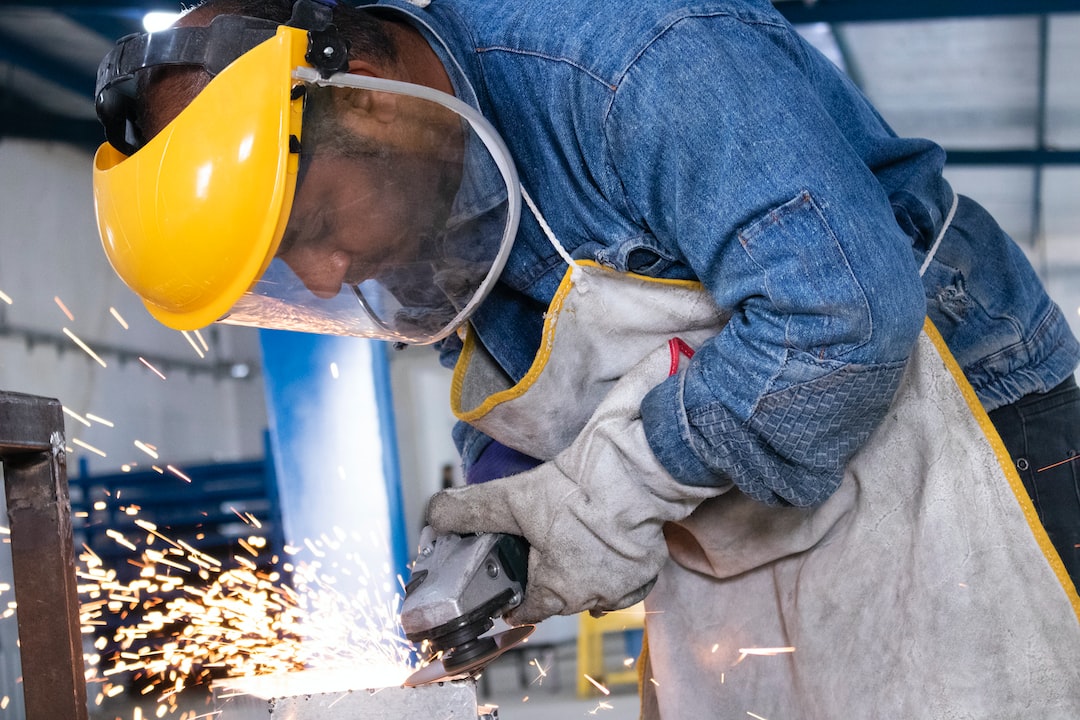The Role of Predictive Maintenance in Modern Manufacturing
In the rapidly evolving world of manufacturing, staying ahead of the competition is crucial. One way to achieve this is by adopting a proactive approach to maintenance, specifically through the implementation of predictive maintenance strategies. Predictive maintenance, also known as PdM, refers to the use of data and advanced analytics to predict and prevent equipment failures before they occur. This approach has revolutionized the manufacturing industry, offering a multitude of benefits that go beyond mere cost savings.
Traditionally, manufacturers have relied on reactive or preventive maintenance practices. Reactive maintenance involves fixing machines after they break down, leading to costly downtime and unexpected expenses. Preventive maintenance, on the other hand, involves following a regular maintenance schedule and replacing components based on predetermined time intervals. While preventive maintenance is an improvement over reactive maintenance, it can still result in unnecessary downtime and excessive maintenance costs.
In contrast, predictive maintenance leverages the power of data and analytics to gain insight into the health and condition of machinery in real-time. By monitoring key performance indicators, such as temperature, vibration, and energy consumption, manufacturers can detect potential issues and take proactive measures to avoid breakdowns. This not only optimizes equipment uptime but also significantly reduces maintenance costs, as repairs can be scheduled during planned downtime, sparing manufacturers the expense of emergency repairs.
Moreover, predictive maintenance enables manufacturers to maximize the lifespan of their equipment. By identifying and resolving issues early on, machinery can be kept in optimal condition for longer. This extends the life cycle of assets, reducing the need for premature replacements and minimizing capital expenditures. With the rising costs of machinery and technology, this can translate into substantial savings for manufacturers.
Furthermore, predictive maintenance plays a crucial role in improving overall operational efficiency. By continuously monitoring machine performance and analyzing data, manufacturers can identify trends and patterns that may impact production quality and output. These insights allow for proactive measures to be taken, such as adjusting process parameters or addressing potential bottlenecks before they escalate. Consequently, manufacturers can achieve higher levels of productivity, minimize defects, and optimize resource utilization.
Beyond financial benefits, predictive maintenance also offers manufacturers a strategic advantage. By having real-time visibility into the health and performance of their equipment, manufacturers are empowered to make data-driven decisions. This allows them to optimize production schedules, streamline maintenance activities, and allocate resources more efficiently. With increased operational agility and better control over their processes, manufacturers can respond more effectively to market demands, ultimately bolstering their competitiveness.
Furthermore, predictive maintenance paves the way for the implementation of emerging technologies such as the Internet of Things (IoT) and artificial intelligence (AI) in manufacturing. By integrating these technologies with predictive maintenance systems, manufacturers can create a seamless ecosystem that enhances operational efficiency even further. For instance, IoT sensors can continuously gather data from machines, enabling predictive analytics to monitor and analyze their behavior. Similarly, AI algorithms can be used to predict equipment failures based on historical data, allowing manufacturers to take proactive measures. This convergence of technologies opens up new possibilities for automation, remote monitoring, and optimized decision-making.
In conclusion, predictive maintenance has become an invaluable tool for modern manufacturing companies. By harnessing the power of data and advanced analytics, manufacturers can proactively detect and prevent equipment failures, while maximizing operational efficiency and reducing maintenance costs. This approach not only enhances competitiveness but also enables manufacturers to make informed decisions and embrace emerging technologies. As the manufacturing industry continues to evolve, predictive maintenance will undoubtedly play an increasingly vital role in optimizing processes and driving innovation.

